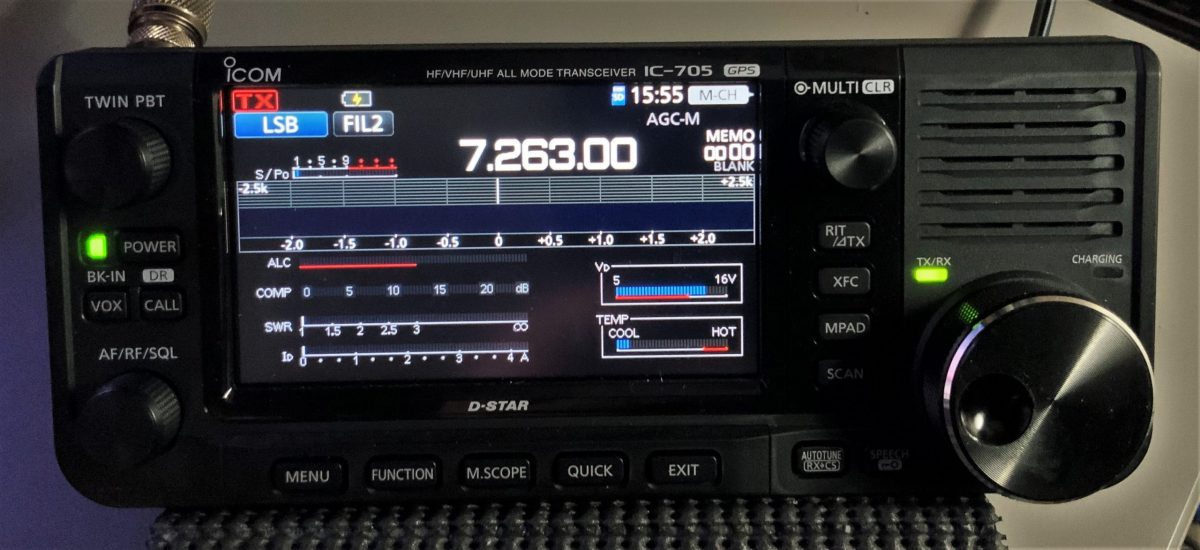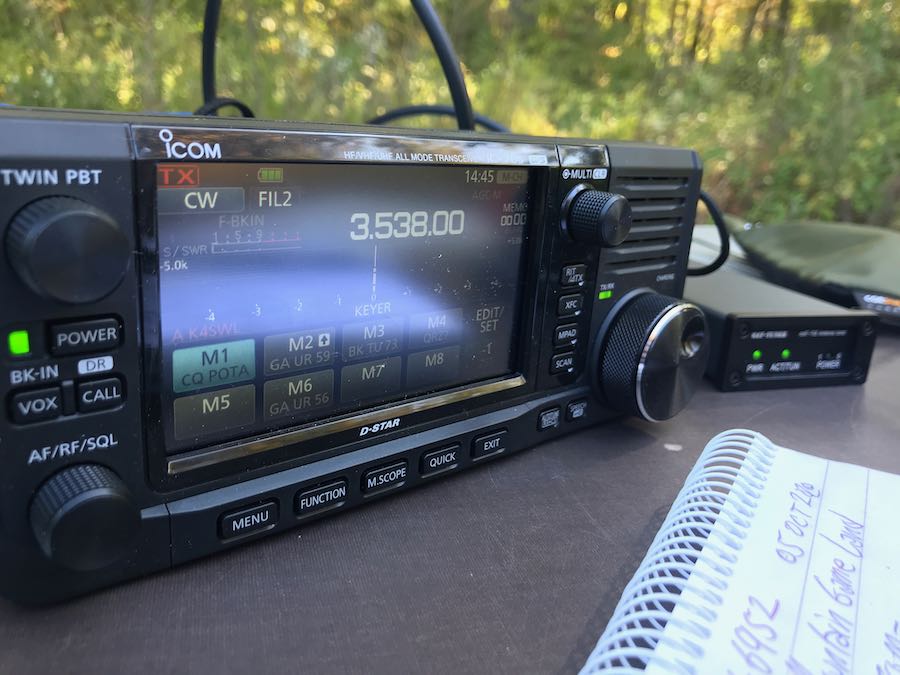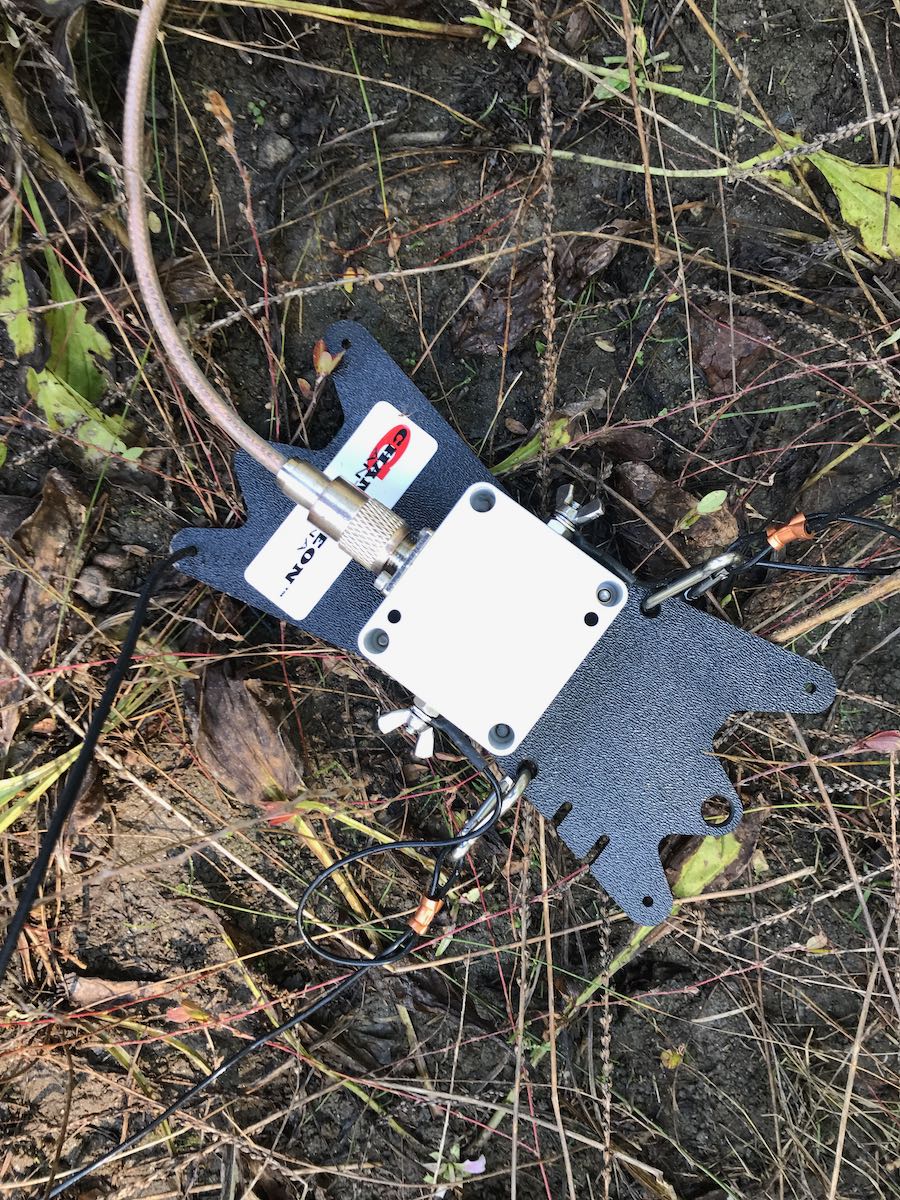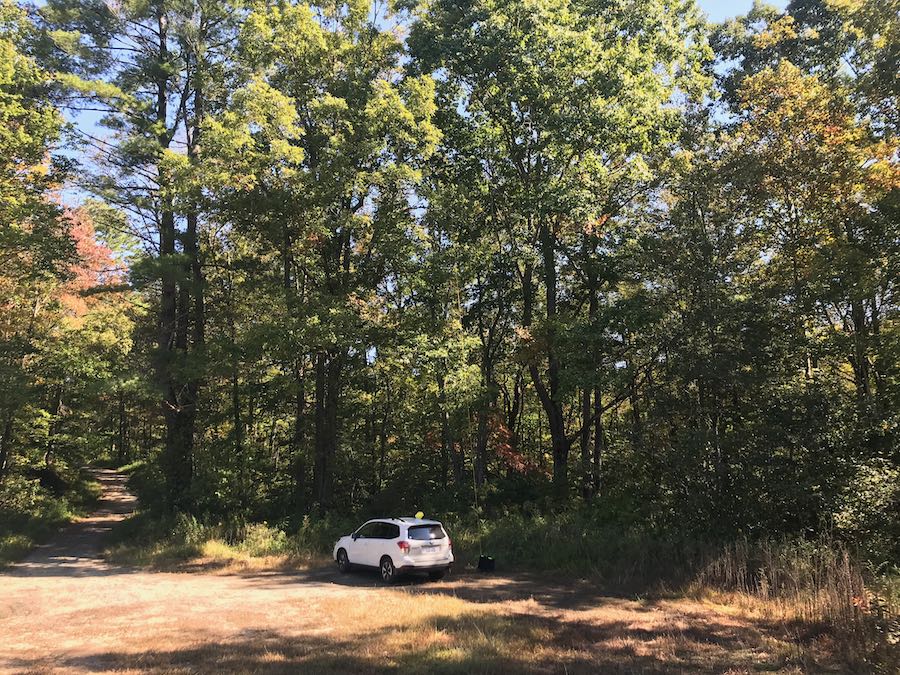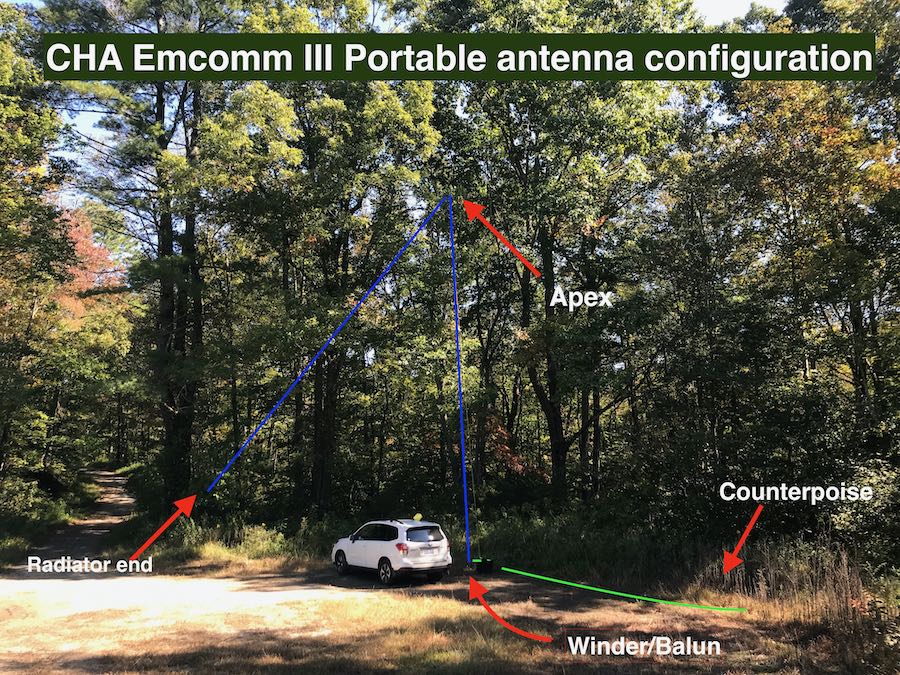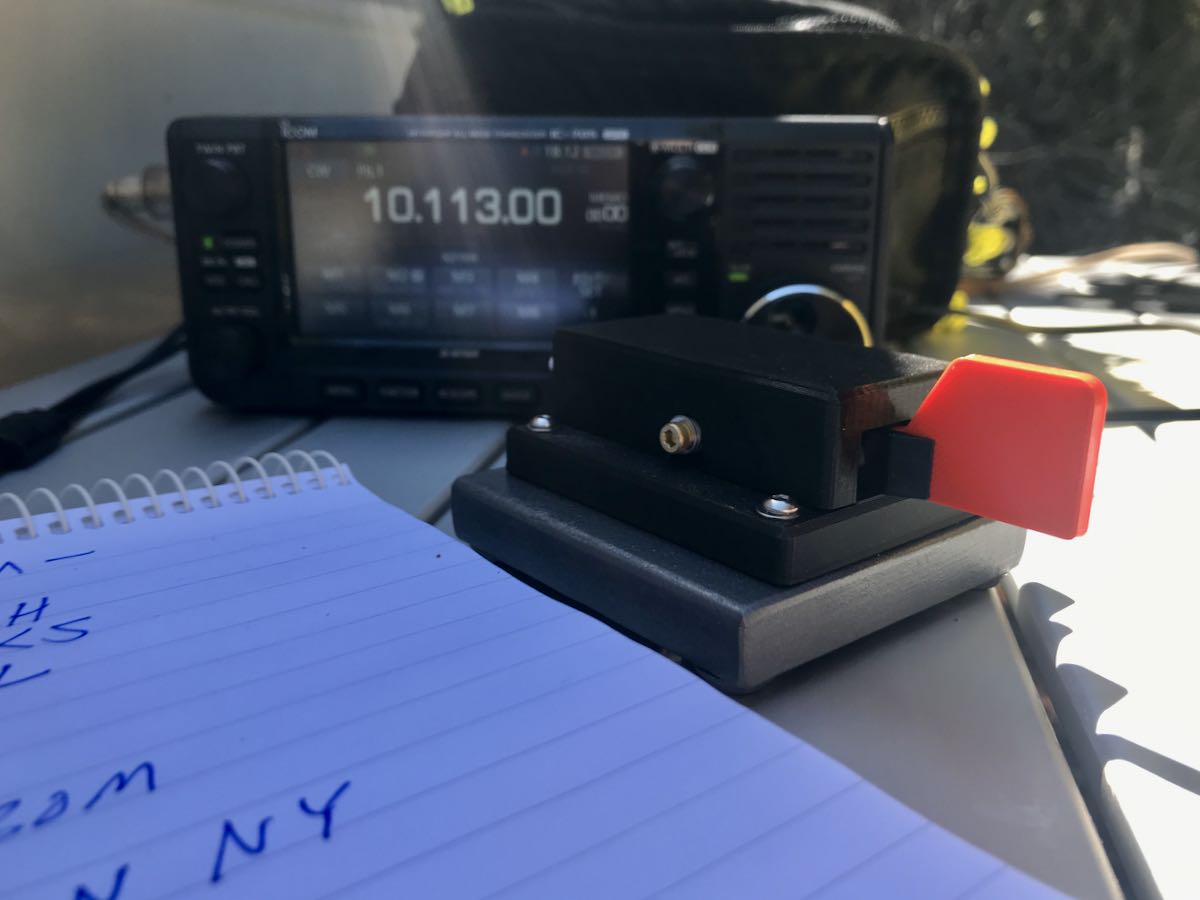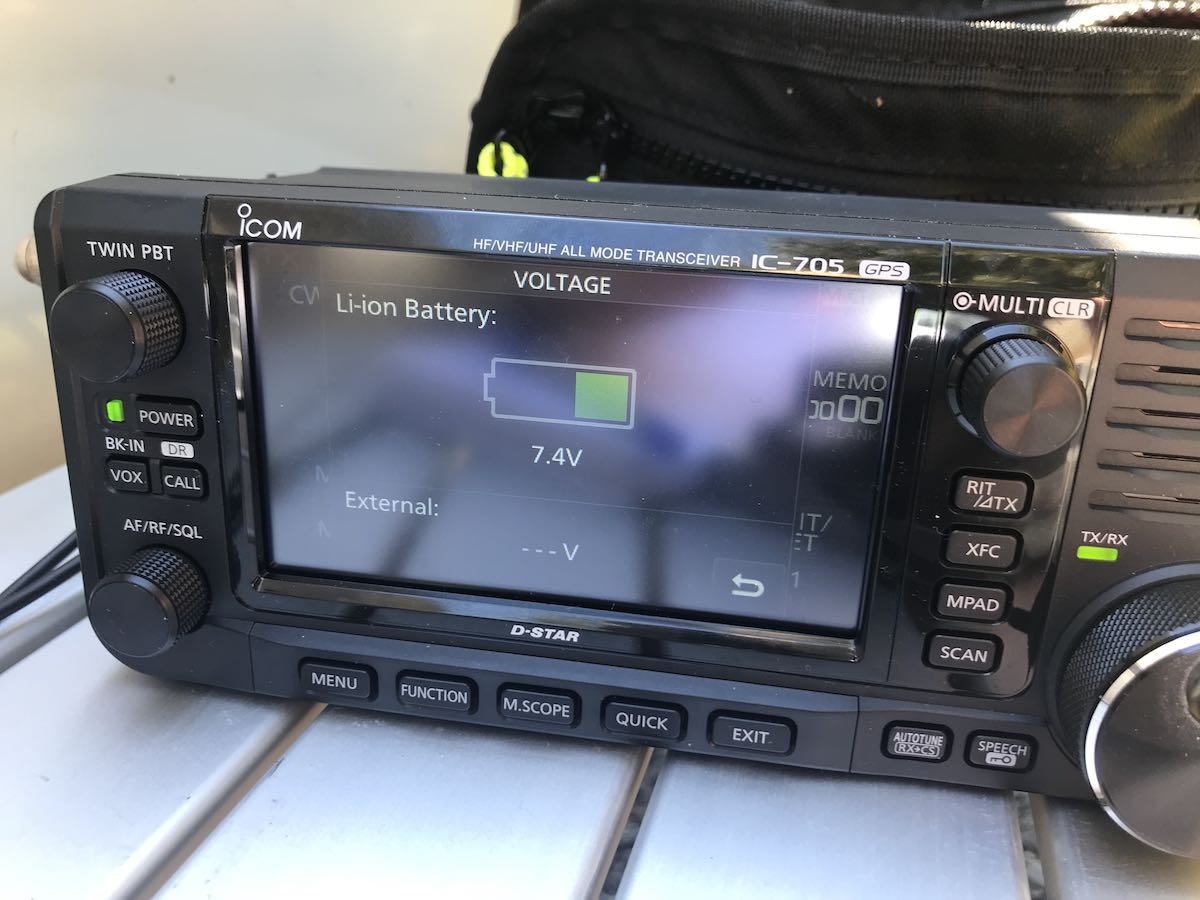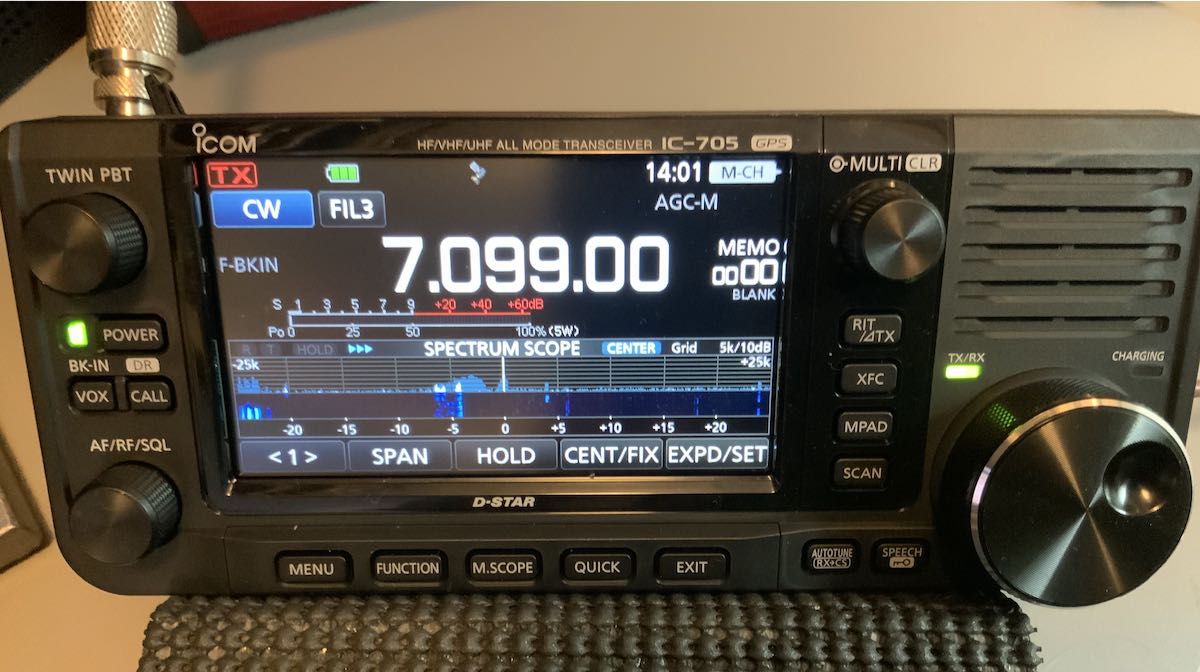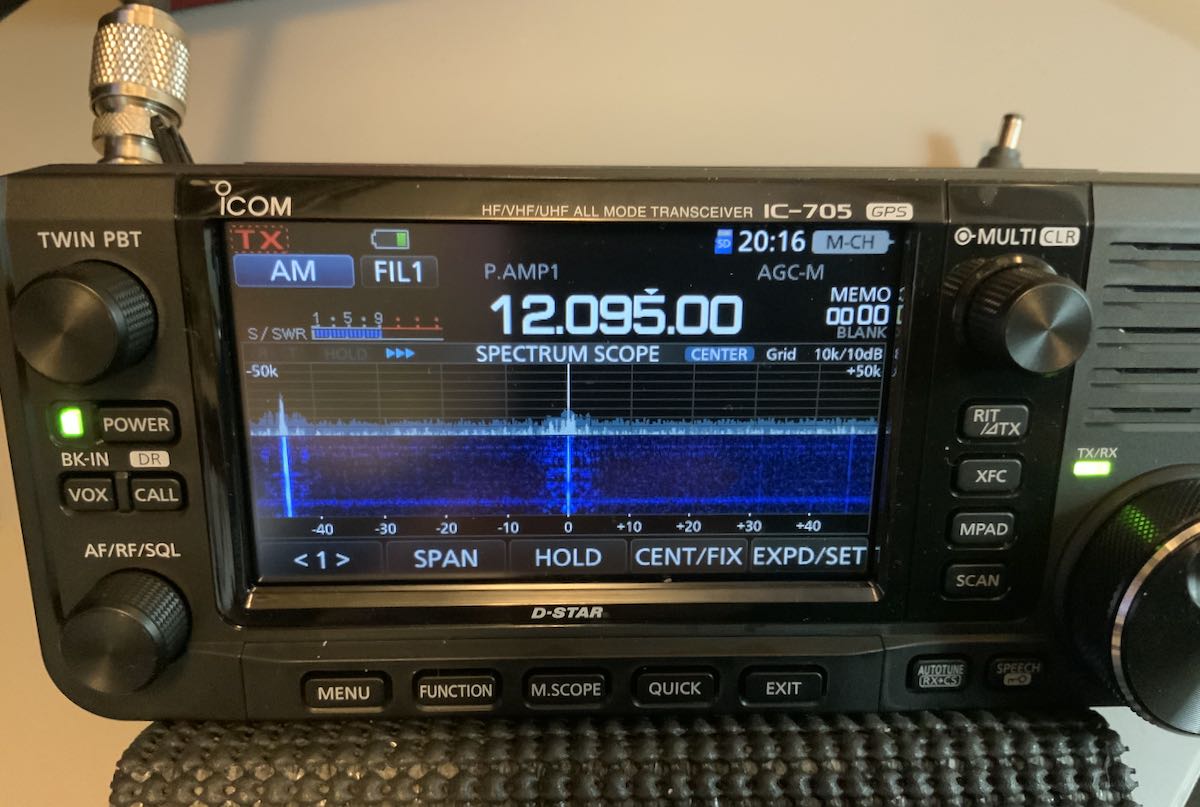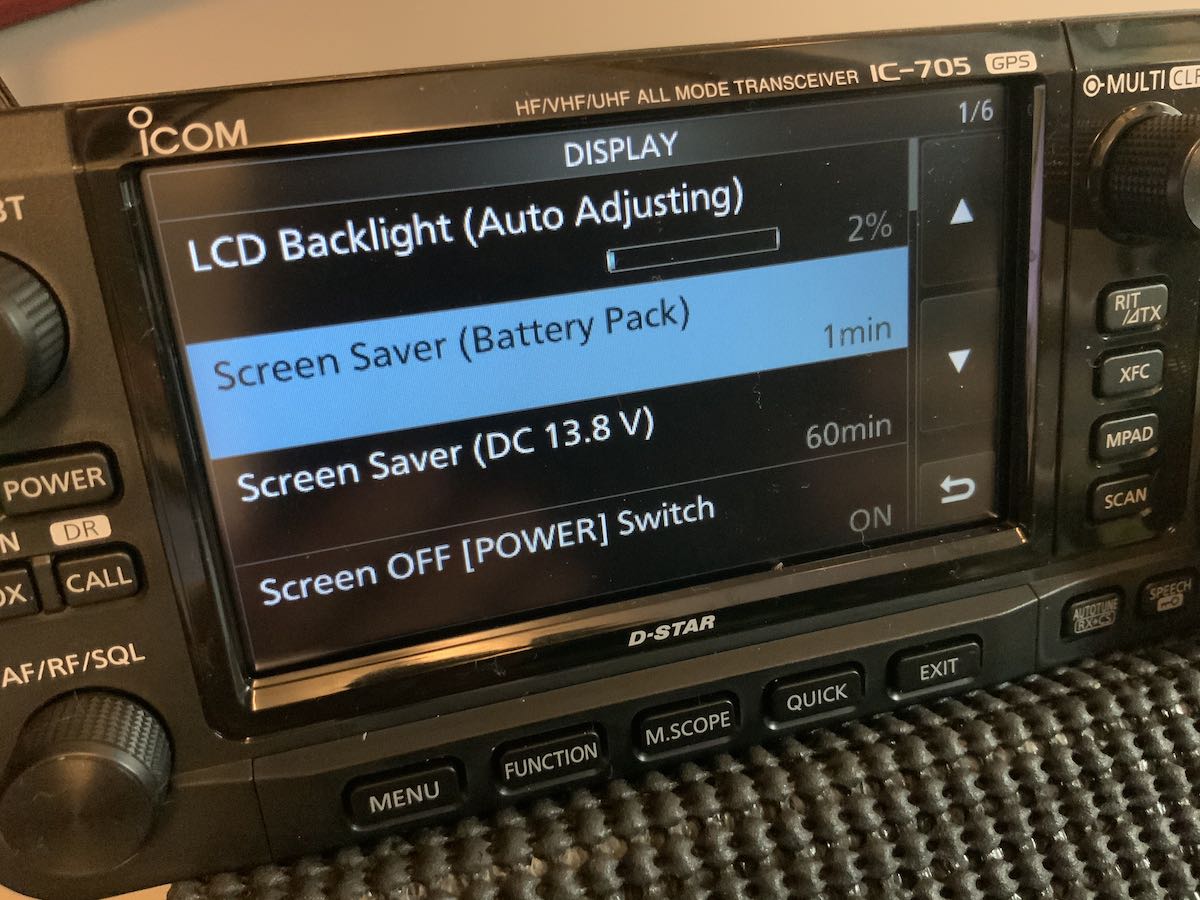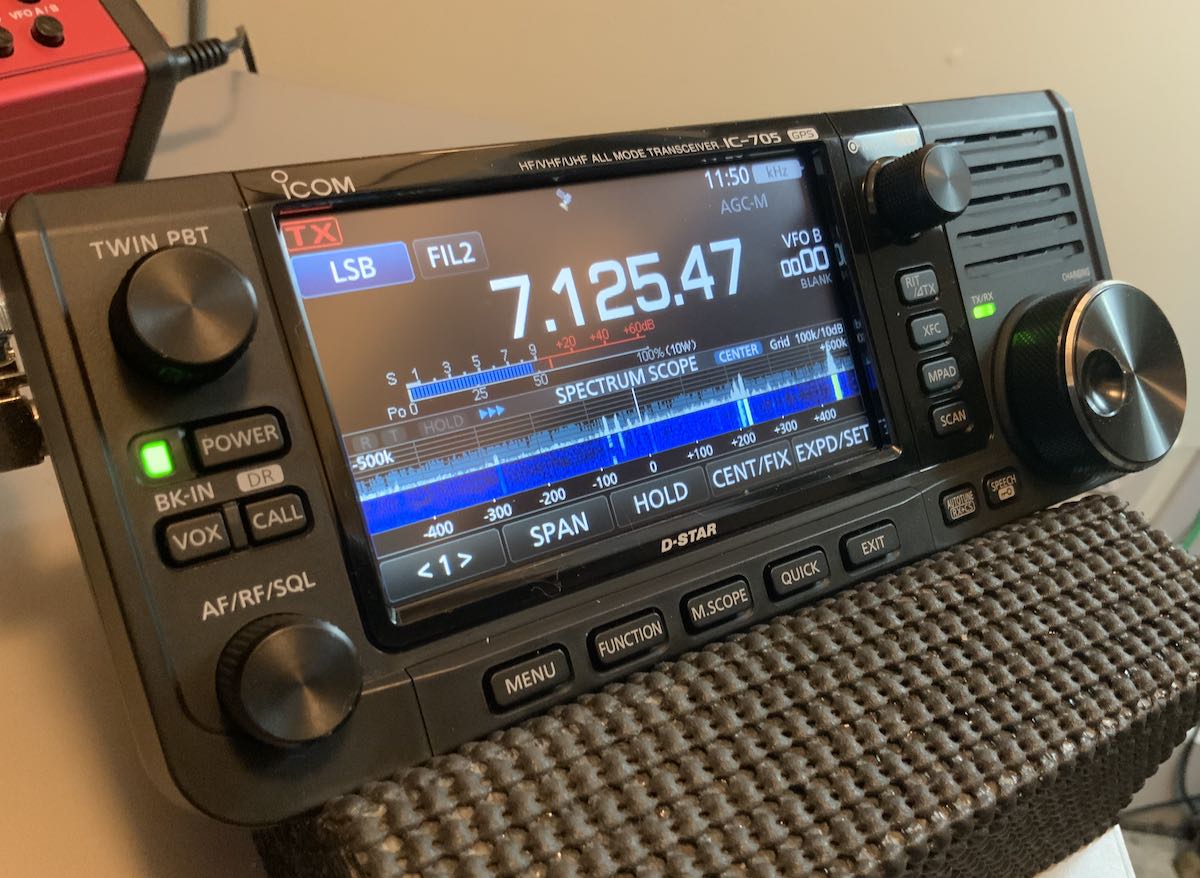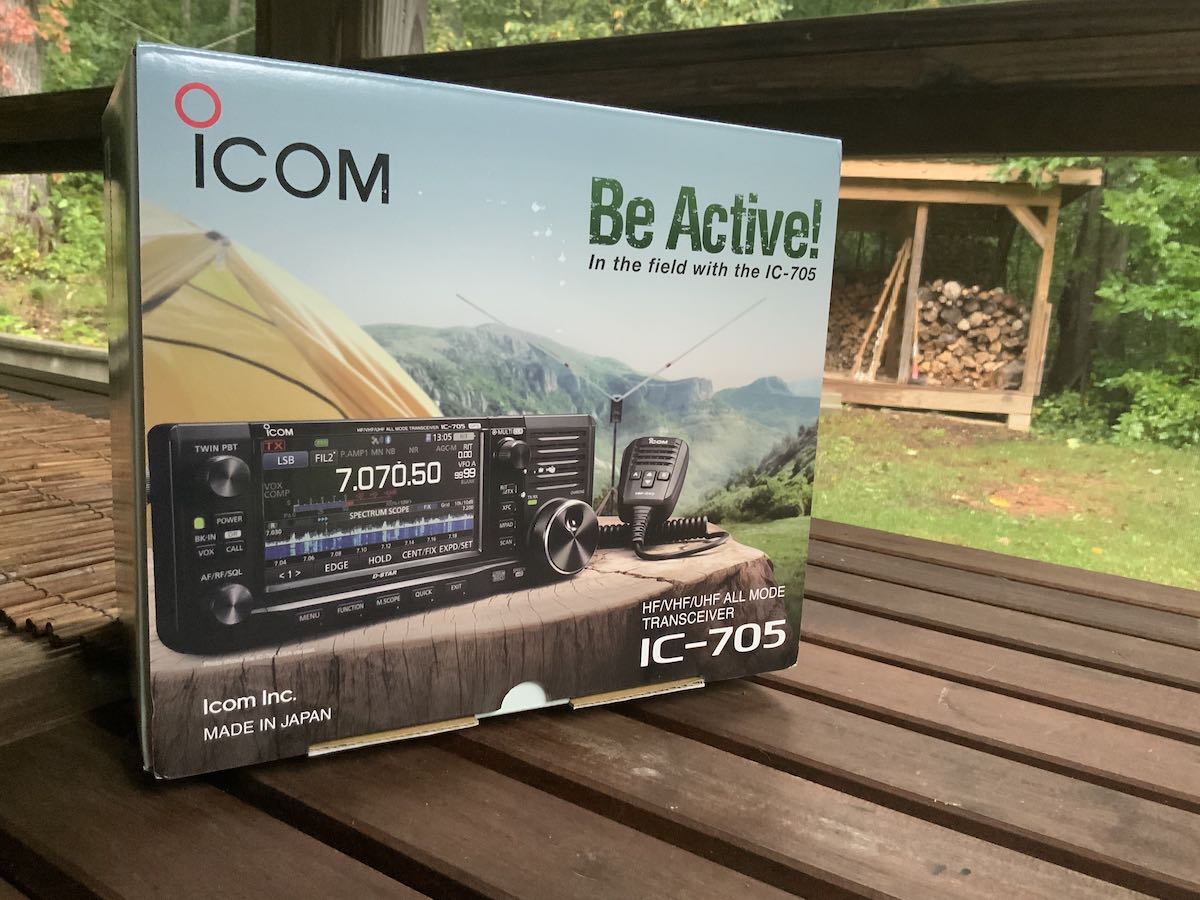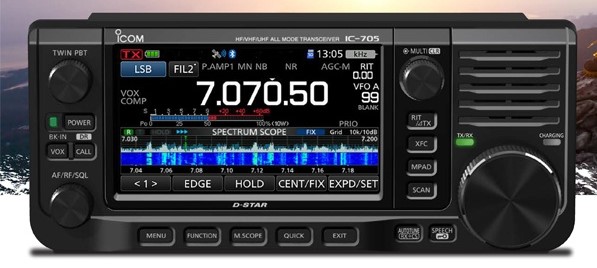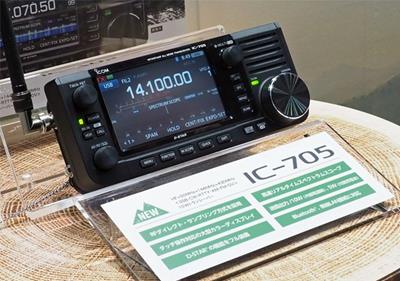I’ve been asked by a number of readers to do a blind audio/receiver test of the new Icom IC-705 transceiver. I’m happy to say I’ve started the process today.
Instead of publishing one long survey with multiple types of recordings (AM, SSB, CW, etc.) as I’ve done in the past, I’ve decided to create a post for each test. This will make the process of completing the survey much easier. Additionally, it won’t require that you respond to each test in order to submit your pick.
Test #1: 40 meters SSB
In this first test we’ll listen to the IC-705, and two other radios, tuned to a weak 40 meter station in lower sideband (LSB) mode. Specifically, this is ham radio operator W3JPH activating Shikellamy State Park in Pennsylvania for the Parks On The Air program. I like this test because it includes a weak station calling CQ and both weak and strong stations replying. There are also adjacent signals which (in some recordings) bleed over into the audio. Each recording is roughly the same length (5 minutes).
I’ve done my best to match these radios in terms of audio and receiver settings, but it’s certainly not perfect–these are essentially real world, not laboratory conditions.
Notes:
- All radios are using the same antenna via my ELAD ASA15 Antenna Splitter Amplifier
- All radios are set to the same bandwidth: 2.4 kHz
- I’ve tried to match AGC settings on all radios
- All three radios have different audio EQ characteristics–not all are fully adjustable
- All three have separate recording devices and are not matched perfectly in terms of audio levels. In other words, you may need to adjust your volume a bit to compare.
My advice would be to focus on aspects like signal intelligibility, selectivity and signal to noise.

